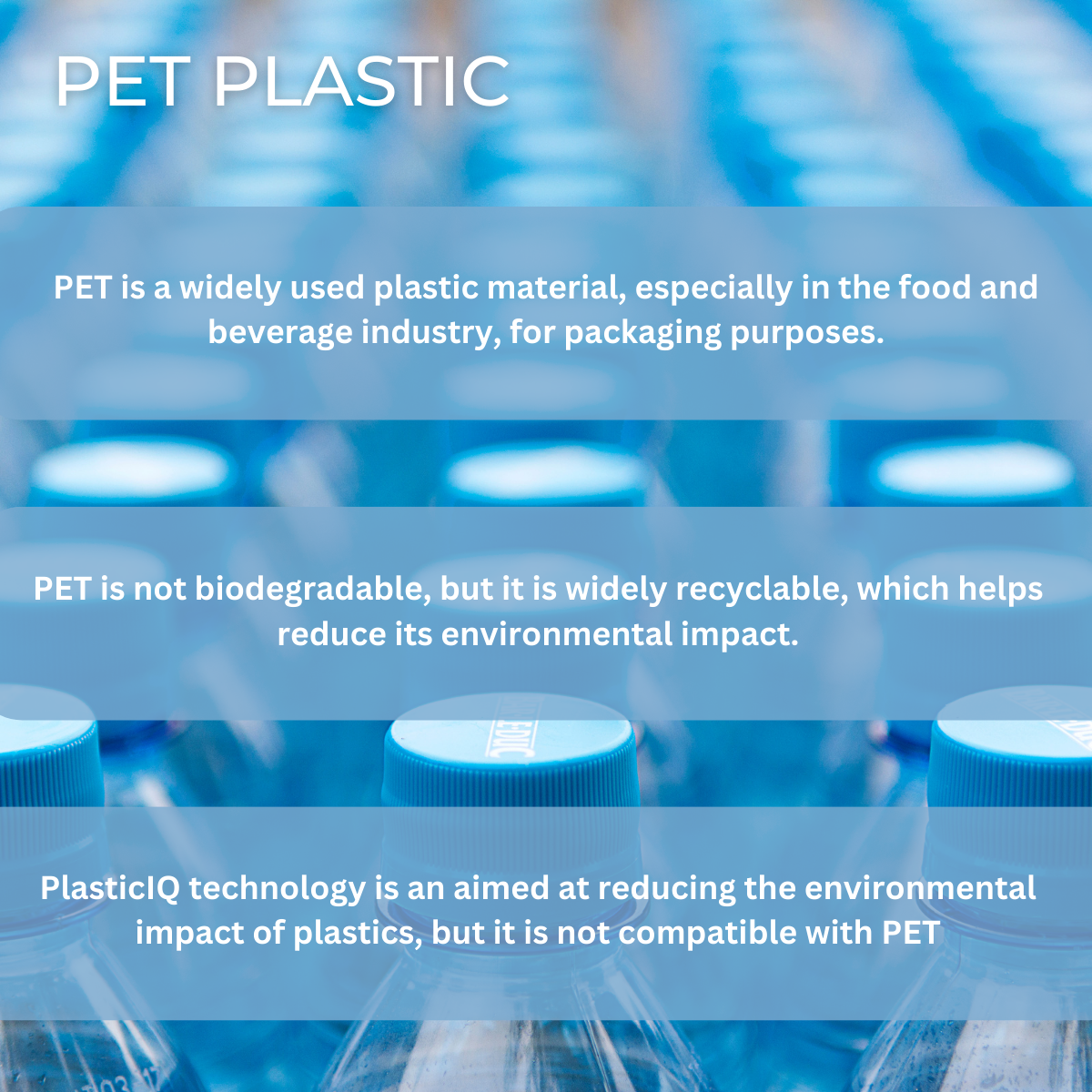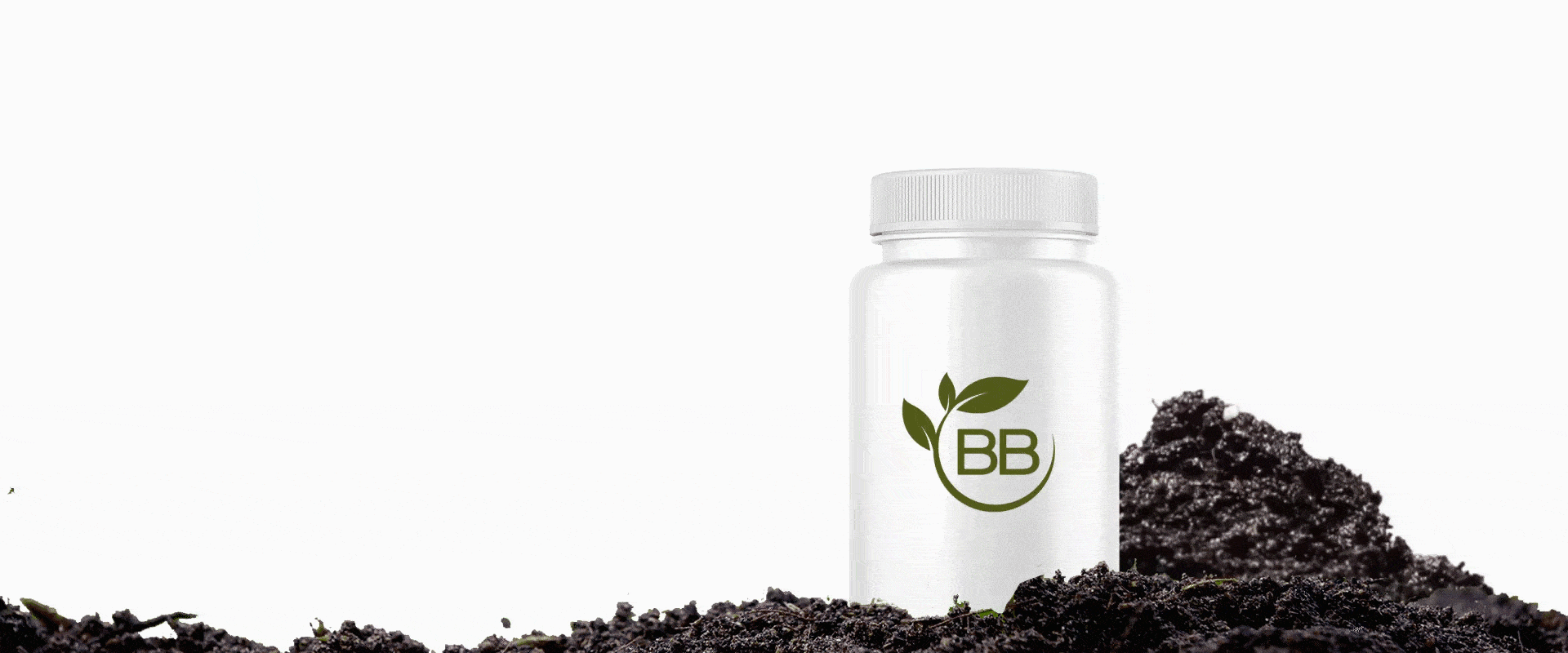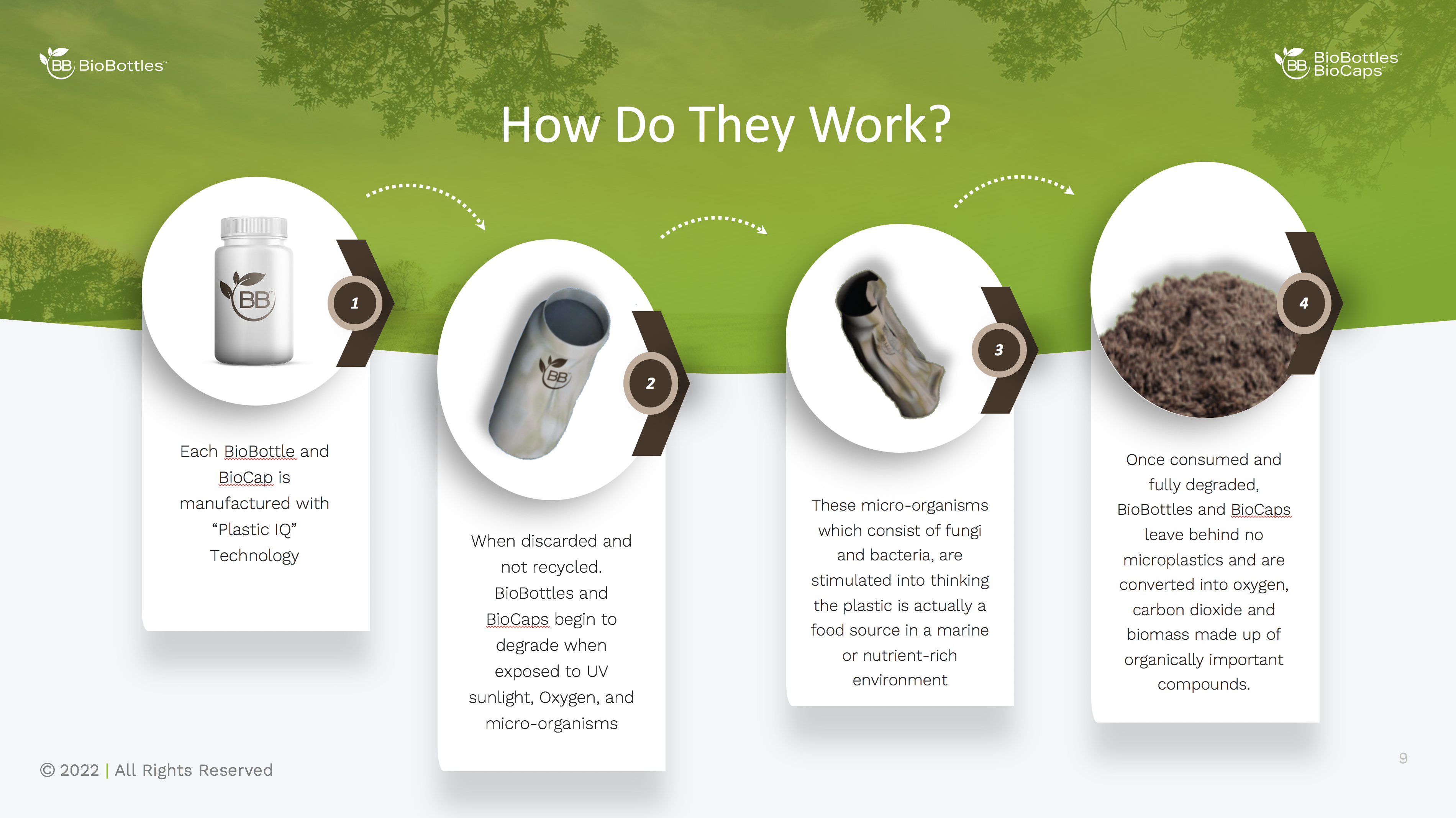Biodegradable Plastics and Types Of Plastics
Plastics have become integral to modern life, with various types offering unique properties and applications. Among these, polyethylene terephthalate (PET), high-density polyethylene (HDPE), low-density polyethylene (LDPE), and polypropylene (PP) are some of the most commonly used plastics in industries ranging from packaging to automotive components. While these materials offer numerous benefits, their environmental impact is a growing concern. Plastic pollution in the oceans is a pressing issue, and innovative technologies like PlasticIQ™ aim to address this problem by making plastics more sustainable through recycling and biodegradation strategies. This article delves into the history, uses, and environmental implications of these four types of plastics and their compatibility with PlasticIQ™ technology or biodegradable plastics.
PET Plastic: What It Is, Where It’s Used, and Its Impact on the Environment
PET, or polyethylene terephthalate, is a type of plastic that is lightweight and useful for many things. People first made PET in the 1940s, and it became popular in the 1970s for packaging things like food and drinks.
To make PET plastic, we mix and heat two special ingredients, ethylene glycol, and terephthalic acid. This process forms a strong material that can be shaped into many different things.
PET is used in many industries, including:
- Food and drinks: It’s great for making bottles, containers, and trays to keep our food fresh.
- Clothes: PET can be turned into fibers to make fabrics for clothing and other textiles.
- Electronics: PET can be used in parts and coverings for gadgets like phones and computers.
- Cars: PET is used in some car parts, making them lighter and more fuel-efficient.
The Bio-transforability of PET
One problem with PET is that it doesn’t break down naturally in the environment. This means it can pile up in landfills or end up in the ocean, causing pollution. The good news is that PET can be recycled. When we recycle PET, we give it a new life as another product, like fabric or packaging, which helps reduce its environmental impact.
PET plastic can cause pollution in the ocean when it’s not disposed of properly. In 2020, a group of people who clean up beaches found that plastic bottles, often made of PET, were one of the most common things they picked up. This shows that we need to be more careful about how we use and throw away PET plastic to keep our oceans clean.
In short, PET is a useful plastic that is used in many industries. However, it’s essential to be aware of its impact on the environment and work on finding better ways to use and recycle PET.
PET and Our Oceans
It is difficult to provide an exact percentage of PET plastic in the ocean, as plastic pollution data is often reported in terms of total plastic waste or categorized by product type rather than by specific plastic material. However, PET is known to be a significant contributor to plastic pollution in the oceans due to its widespread use in single-use products, particularly beverage bottles.
A study published in Science Advances in 2015 estimated that 8 million metric tons of plastic waste entered the ocean in 2010, with a significant portion coming from single-use plastic packaging. As PET is commonly used for this type of packaging, it is likely to account for a notable share of ocean plastic pollution.
Can Biobottles™ Create Bio-transfomative PET Plastics?
Bio-transfomable additives typically work better with polyolefins like low-density polyethylene (LDPE) and high-density polyethylene (HDPE). PET has a different chemical structure, which makes it less suitable for oxo-biodegradation.
Some plastics can be made to break down more easily with special additives, but it’s unclear if PET can be one of them. More research is needed to determine if we can make PET break down more easily and be less environmentally harmful. As of right now, it is not compatible with PlasticIQ technology and can not be made into bio-transformative plastics.

High-Density Polyethylene (HDPE)
A Closer Look at Its Production, Applications, and Environmental Impact.
High-density polyethylene, commonly known as HDPE, is a versatile and widely used plastic material. It was first developed in the 1950s and has since gained popularity due to its strength, durability, and lightweight properties. The production of HDPE involves a process called polymerization of ethylene, wherein heat and pressure are applied to create a long-chain polymer that forms the basis of HDPE plastic products.
HDPE is used extensively in various industries, including food and beverage packaging, personal care products, household items, and toys. Its applications in food and beverage packaging range from milk jugs and juice bottles to containers for various food products. In the personal care industry, HDPE is commonly used for packaging items such as shampoo, conditioner, and soap. Additionally, HDPE’s durability and strength make it an ideal material for household items like trash bags, storage containers, and toys for children.
Despite its numerous advantages, HDPE does have some drawbacks concerning its environmental impact. HDPE is not biodegradable, meaning it does not break down naturally in the environment. Instead, it accumulates in landfills and contributes to plastic pollution in oceans. However, HDPE is widely recyclable, which allows it to be repurposed into new products and helps to mitigate its environmental impact.
HDPE and Our Oceans
The exact contamination levels of HDPE in the oceans are difficult to quantify. However, it is known that HDPE contributes to plastic pollution in the oceans due to its widespread use, particularly in single-use products. Proper waste management, recycling, and using oxo-biodegradable additives can help mitigate the impact of HDPE on the environment.
Can Biobottles™ Create Bio-transformative HDPE Plastics?
HDPE can be made oxo-biodegradable using special additives in PlasticIQ™ technology. These additives promote the breakdown of HDPE into smaller fragments when exposed to certain environmental conditions, such as sunlight, heat, and oxygen. Once broken down, microorganisms can consume these smaller fragments, ultimately converting the plastic into water, CO2, and biomass. This process makes HDPE with oxo-biodegradable additives a more environmentally friendly option.
In conclusion, HDPE is a versatile and widely used plastic material with applications across various industries. While it offers many advantages, its environmental impact cannot be ignored. HDPE’s non-biodegradable nature contributes to plastic pollution in landfills and oceans. However, recycling HDPE and using oxo-biodegradable additives can help to reduce its environmental impact and promote more sustainable waste management practices.

Low-density polyethylene (LDPE)
LDPE a widely used thermoplastic polymer known for its flexibility, transparency, and resilience. Developed in the 1930s, LDPE was the first polyethylene to be produced, and it remains an essential material in the plastic industry today. LDPE is created through the polymerization of ethylene gas at high pressure, which forms a long-chain polymer with a relatively low density.
LDPE is commonly used in various industries due to its flexibility and ease of processing. Some typical applications of LDPE include plastic bags, film wrap, food packaging, squeezable bottles, and flexible tubing. Its moisture-resistant and impermeable properties make it suitable for preserving and protecting perishable goods.
LDPE and Our Oceans
The amount of LDPE present in the oceans is difficult to determine, as plastic pollution data is often reported in terms of total plastic waste or categorized by product type rather than specific plastic material. Nevertheless, LDPE contributes to marine pollution through single-use products like plastic bags and packaging films. Proper waste management, recycling, and using biodegradable alternatives can help mitigate its environmental impact.
Can Biobottles™ Create Degradable LDPE Plastics?
Yes, PlasticIQ™ is a degradable additive designed primarily for polyolefin plastics, such as LDPE and HDPE. Adding to LDPE can make the plastic oxo-biodegradable, allowing it to break down into smaller fragments under certain environmental conditions, which microorganisms can then consume.
In conclusion, LDPE is a versatile and widely used plastic material with applications across various industries. Its history dates back to the 1930s, and it remains an essential plastic material.
Polypropylene (PP)
PP is a versatile thermoplastic polymer known for its durability, chemical resistance, and lightweight properties. It was first synthesized in the 1950s by Italian chemist Giulio Natta and German chemist Karl Rehn. Over the years, PP has become a popular material in various industries due to its performance and cost-effectiveness.
PP is used in various applications, including automotive components, packaging materials, textiles, reusable containers, and consumer goods. Its durability and chemical resistance make it suitable for long-lasting products and packaging that require protection from moisture or corrosive substances. PP is also used in the medical field for items like syringes and laboratory equipment due to its high melting point and sterilization capabilities.
Can Biobottles™ Create Degradable PP Plastic?
As for the compatibility of PP with PlasticIQ™ technology, there is compatibility. Our oxo-biodegradable additive is designed primarily for polyolefin plastics, such as PP, LDPE, and HDPE. PlasticIQ technology can make the plastic oxo-biodegradable when added to PP, allowing it to break down into smaller fragments under certain environmental conditions, which microorganisms can consume.
PP and Our Oceans
The amount of PP present in the oceans is difficult to determine. Plastic pollution data is often reported in terms of total plastic waste or categorized by product type rather than specific plastic material. However, PP contributes to marine pollution, particularly through single-use products like disposable cutlery, straws, and packaging materials. Proper waste management, recycling, and using biodegradable alternatives can help mitigate its environmental impact.
In conclusion, polypropylene is a versatile and widely used plastic material with applications across various industries. Its history dates back to the 1950s, and it remains an essential plastic material. PP contributes to ocean pollution, but innovative technologies like PlasticIQ can potentially improve its environmental impact through recycling and biodegradation strategies.


